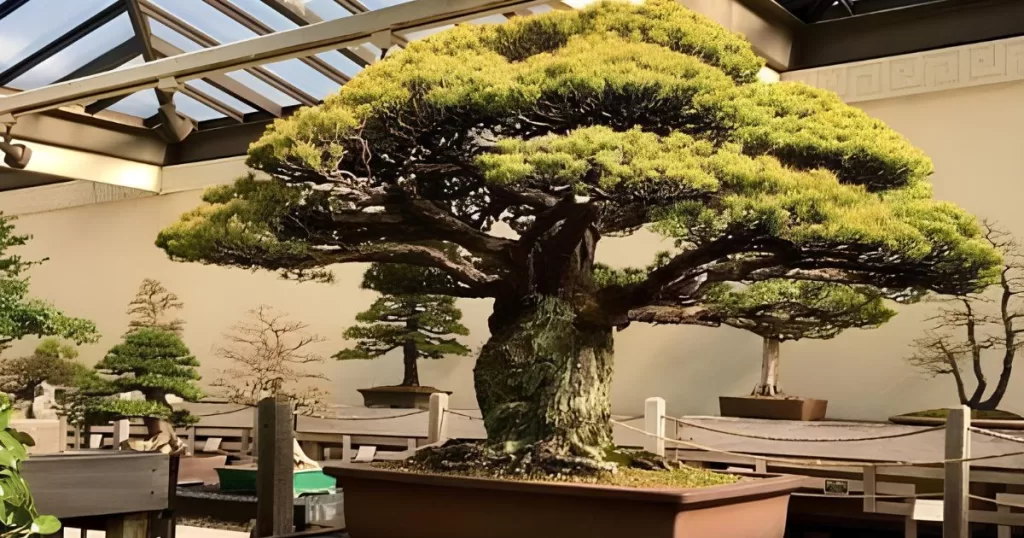The Bonsai That Lived Through Hiroshima
A small tree with a big history sits on display at the U.S. National Arboretum in Washington D.C. This Japanese white pine bonsai is 390 years old and incredibly, survived the 1945 atomic bombing of Hiroshima.

The bonsai belonged to the Yamaki family, who cared for it for five generations over nearly 400 years. On August 6, 1945, the U.S. dropped the first atomic bomb on Hiroshima, just two miles from the Yamaki family home and nursery where the treasured bonsai trees were grown. Over 100,000 people died instantly in the bombing and the city was completely destroyed.
Remarkably, the Yamaki family and their bonsai nursery survived, protected behind a tall wall. The now 390-year-old white pine sustained only minor damage that day, with some broken pots and plants. For 25 more years, the Yamaki family continued to style and tend to the venerable tree in their nursery.
Then, in 1976, bonsai master Masaru Yamaki donated the tree, along with 52 others, to the United States for its bicentennial celebration. The trees were gifts from the Nippon Bonsai Association to honor 200 years of American independence. For 25 years, the Yamaki pine was proudly displayed at the National Bonsai Museum, but no one knew its astonishing history.
That changed in 2001 when two of Yamaki’s grandsons came looking for their grandfather’s donated tree. Through a translator, the brothers relayed the bonsai’s incredible tale of surviving Hiroshima. Since then, the National Arboretum has known the true provenance of this special bonsai, but has not widely publicized its dramatic backstory.
“We just don’t shout it from the rooftops,” says arboretum worker Kathleen Emerson-Dell. She hopes people will see the lovely old tree more as a symbol of peace and friendship between Japan and the U.S. The small gnarled pine is a living gift that connects the two cultures across time and conflict.
Now 390 years old, the diminutive pine stands just a few feet tall. Careful wiring and pruning keep the branches and trunk stunted in their twisted shape. The needles range from mossy green to yellowed white, wizened with age. The scars and imperfections in its bark and shape give the bonsai character according to Emerson-Dell. She says, “It’s like Katharine Hepburn – it’s like, the beauty in age.”
This treasured tree survived not only Hiroshima, but also four centuries of styling and care across five generations. Today it represents the friendship between two former enemy nations. The National Bonsai Museum invites visitors to view the historic Yamaki pine and touch a bit of living history.